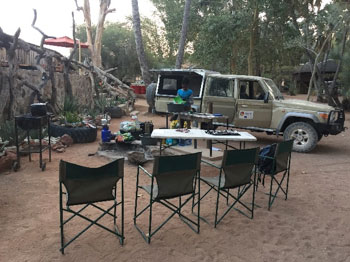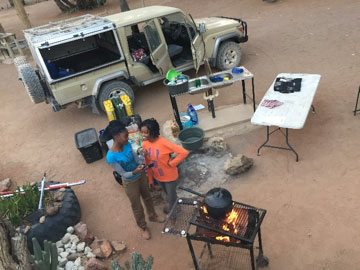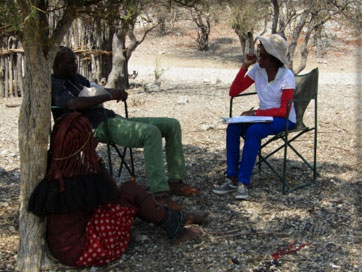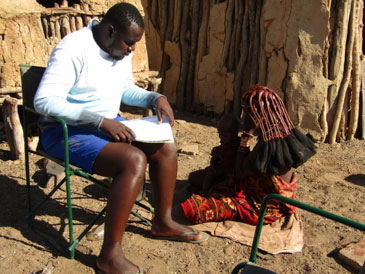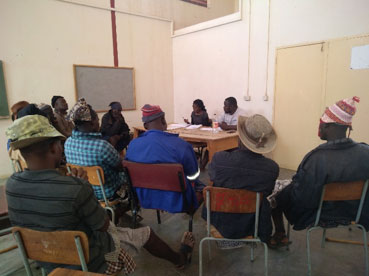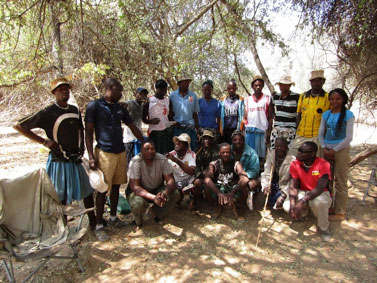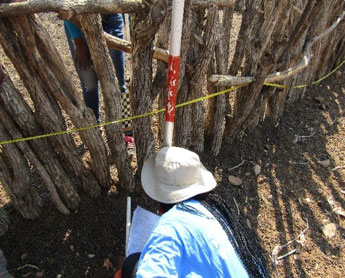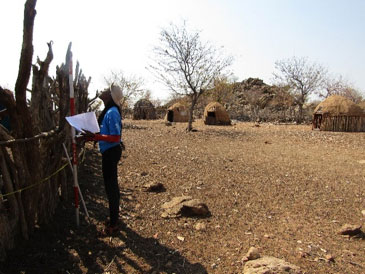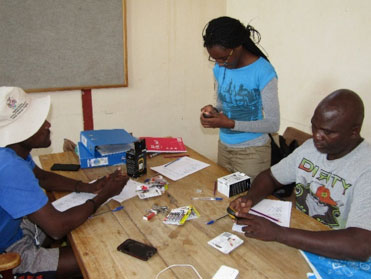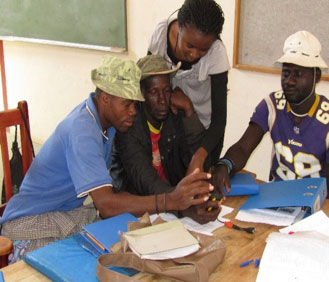Household surveys in Epupa and Okanguati community conservancies
As part of the SCIONA Community Engagement activities, a SCIONA team embarked on a fieldtrip to conduct household surveys in Epupa and Okanguati conservancies on the 1st to the 14th of September 2019. The team camped in both Epupa and Okanguati.
The purpose of the fieldtrip was to understand interactions between communities, wildlife and the conservancy, and how these interactions affected or influenced livelihood activities. The fieldtrip involved conducting household surveys using a structured questionnaire through face-to-face interviews. Eighty-eight (88) households were interviewed (47 in Epupa and 41 in Okanguati conservancy) during that period.
For each interviewed household, kraal structures were sampled for a human-carnivore conflict study that will follow soon. The kraal circumference, height and thickness/visibility were measured in order to evaluate the effectiveness of kraal structure in protecting livestock from wildlife attacks. Some community members could be interviewed from their homesteads. However, due to the nomadic nature of the Ovahimba community in Koakoveld, Kunene Region, some interviews were carried out at cattle posts. A few interviews were conducted at water points where the SCIONA team would wait for community members bringing their livestock to drink. For the latter, kraal structure measurements could not be done.
In addition, fieldtrip activities involved training of para-ecologists for data collection using GPS devices. The purpose of this exercise was to enhance the accuracy of data collected by game guards on kill sites through use of modern technology. The conservancy committee would select a community member for such training. Two para-ecologists were trained, one from each conservancy. SCIONA presented a new GPS device and a file to the trained para-ecologists for data collection and preservation.
Author(s): T. Moyo & S. Hevita

